Every home owner should know the basics about their chimney in order to ensure they are taking care of it correctly and it is working smoothly. If you have a chimney in your home, make sure you can answer these five questions about your chimney!
What Kind of Chimney Do I Have?
Knowing what type of chimney you have is essential to properly take care of it. When requesting chimney services of any kind, you will surely be asked details like this about your chimney. Not sure what type of chimney you have? Read this blog post to find out!
Do I Have a Chimney Liner?
Some chimnies have a chimney liner, which essentially makes your fireplace safer. Liners come in different types as well and are not always easy to identify. The byproducts of combustion and heat transfers can potentially cause harm to your chimney and unsafe fires so a liner is often installed for an added layer of protection. For more information on how to see if you have a liner and what kind, read this article from the Chimney Safety Institute of America.
Is My Chimney Capped?
Chimney caps are popular because they keep debris, rain, and other unwanted materials from coming inside your house through the top of your chimney. Typically easy to install, remove, and maintain, there aren’t many downfalls to adding a cap to your chimney, especially if you’ve noticed rain, branches, or even small birds getting into your home through the chimney.
When Was My Last Chimney Inspection?
Knowing when your last inspection was is imperative in order to ensure your chimney is safe and ready to use. Eurosweep recommends inspecting your chimney once a year to guarantee it is safe for you and your family to use. If you are unsure of when your last inspection was, it has likely been more than a year. Click here to get a discount on your chimney inspection!
Am I Storing My Firewood Correctly?
Because of limited space, many chimney owners store their firewood somewhere that is causing damage to it. The basics include keeping it off the ground, completely dry, and proper stacking but you can read more details about the best way to store your firewood here.
If you’re in need of any chimney services, contact us today using the form to your right or calling us at (781) 849-8202!

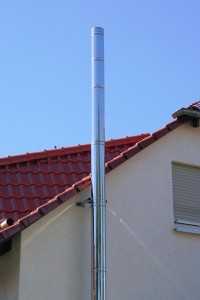
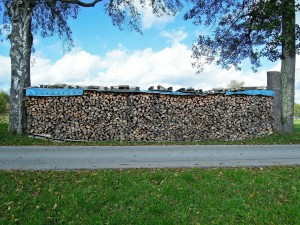
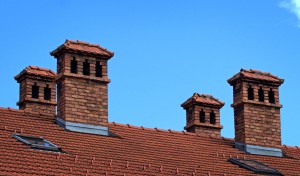
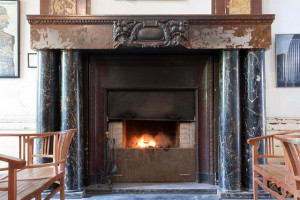
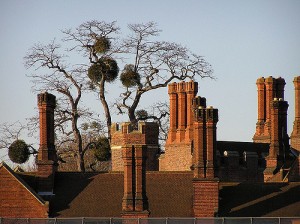
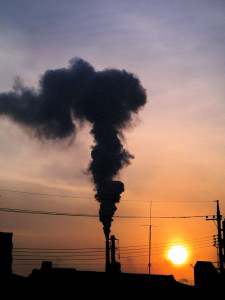 foul smell. The danger of creosote is that it’s extremely combustible. Creosote can create a coating inside your pipes and chimney liners. This is the main reason why chimney’s and pipes must be cleaned and inspected periodically. To identify a
foul smell. The danger of creosote is that it’s extremely combustible. Creosote can create a coating inside your pipes and chimney liners. This is the main reason why chimney’s and pipes must be cleaned and inspected periodically. To identify a